Categories
Categories
- Home
- Learn More
- Types of Knives and Their Uses
Types of Knives and Their Uses
Paring Knife
Four styles of paring knives are most common…curved, spear, sharp, and clip point. Delicate pepper rings finely sliced or slivered olives or cherries, can be done with a curved or sharp point paring knife to dress up fancy salads. A cook’s paring, or 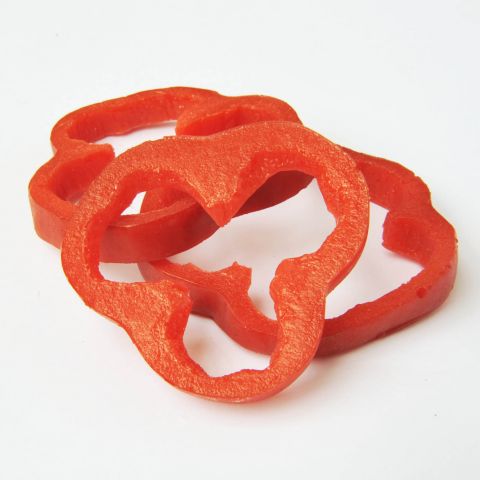 spear point knife, can be used to remove corn from the cob, break up heads of lettuce or cabbage, peel fruit or vegetables, cut beans, etc. The clip point is used for eyeing potatoes, seeding, peeling, and pitting.
spear point knife, can be used to remove corn from the cob, break up heads of lettuce or cabbage, peel fruit or vegetables, cut beans, etc. The clip point is used for eyeing potatoes, seeding, peeling, and pitting.
Shop ALL Paring Knives HERE 
Utility Knife
A sharp 6” utility knife is most efficient for slicing non-solid fruits and vegetables, such as tomatoes or squash. For acid fruits, a stainless steel blade is preferred. Useful for cutting large melon rings, cutting heads of lettuce into wedges, preparing cabbage for shredding, halving grapefruits and oranges, etc.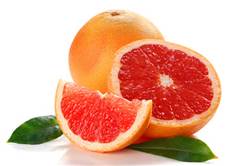
Shop ALL Utility Knives HERE 
Boning Knife
Blades vary in length from 4” to 8”. Many cooks simplify carving and get extra servings by boning out a roast when it is partially cooked. For boning roasts, whole hams, lamb legs, veal legs. The wider stiff blade is used for cutting raw meat and many other trimming operations on less thick cuts of meat. 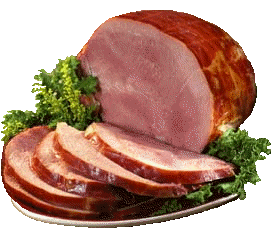
Shop ALL Boning Knives HERE 
Butcher, Cimeter Steak Knife and Cleaver
For the odd jobs in the kitchen, the butcher and cimeter steak knives can be used for dicing salt pork, cubing cooled meats, cutting steaks or trimming raw meat. Many cooks substitute the favorite forged cook’s knife for jobs normally done with these knives. The cleaver is used for opening lobsters, cutting poultry and joints. 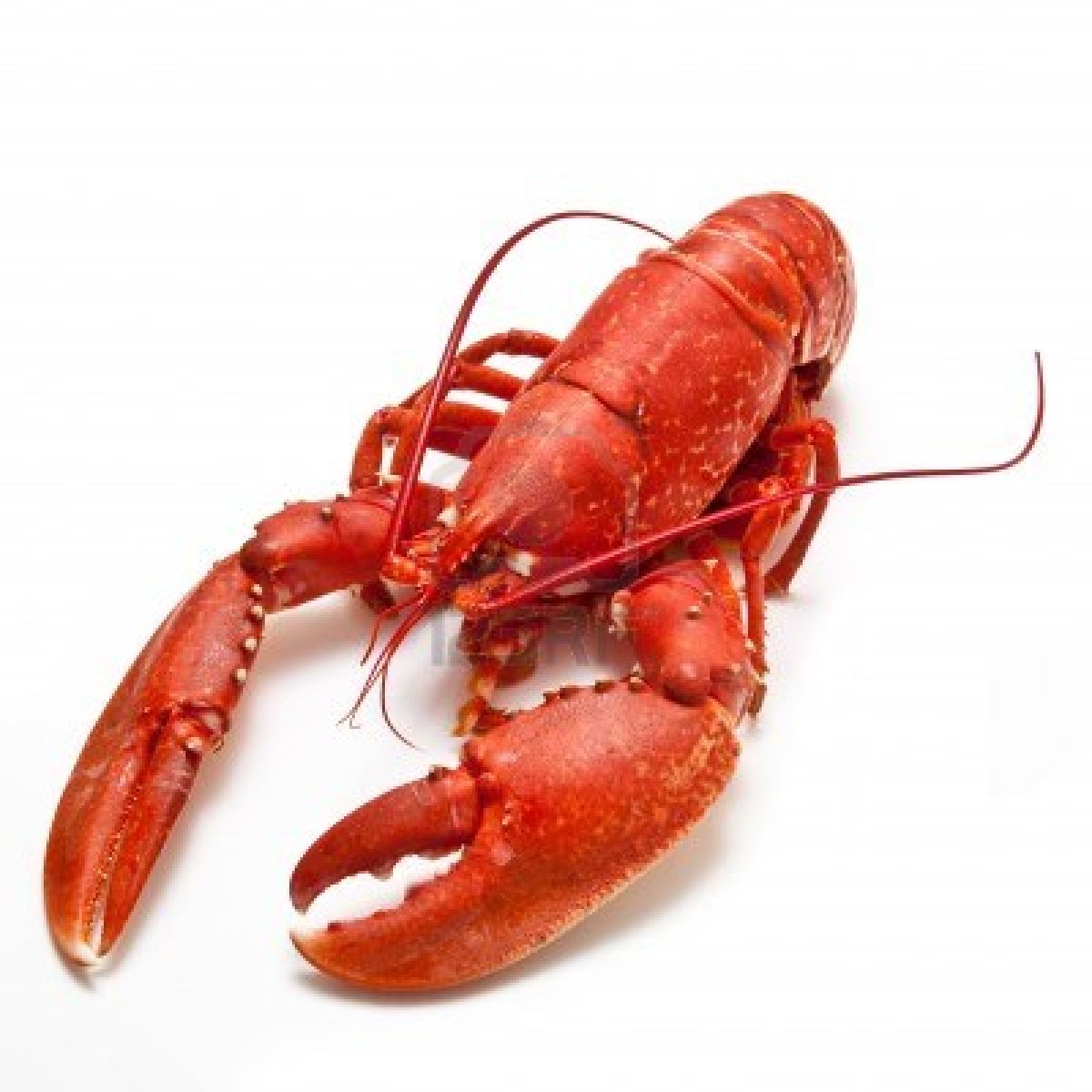
Shop ALL Butcher Knives HERE 
Shop ALL Cimeter Knives HERE 
Shop ALL Dexter Cleavers HERE 
Cook’s and Chef's Knife
Available in lengths from 6” to 12”, this knife has more uses than any other one knife in the kitchen. The blade is wide at the handle and tapers to a point. Deep choil protects knuckles when dicing or mincing celery, onions, nut meats, parsley, peppers, etc. When properly used, the chef positions the point of the knife on the cutting board beyond the food to be diced or sliced and, without lifting the point, works the knife in a rocking motion to cut evenly and rapidly. Used for carving hot roasts also.The blade may be forged. 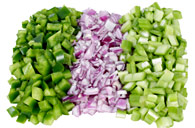
Shop ALL Cook's and Chef's Knives HERE 
Slicers and Carvers
The most important carving knife is the roast beef slicer, most often used to carve rounds, boneless roasts, boiled briskets, pot roasts, butt roasts, and standing rib roasts. The narrow cold meat slicer or ham slicer is used to slice ham or leftover cold roasts of all kinds. The wide, stiff blade does a better job on hot meats, whereas the narrow, more flexible blade cuts cold meat more efficiently. Although there are many patterns to select from, a slicer or carver should have adequate length to permit smooth slicing action. 
Shop ALL Slicers and Carvers HERE 
 Loading... Please wait...
Loading... Please wait... 



































































































